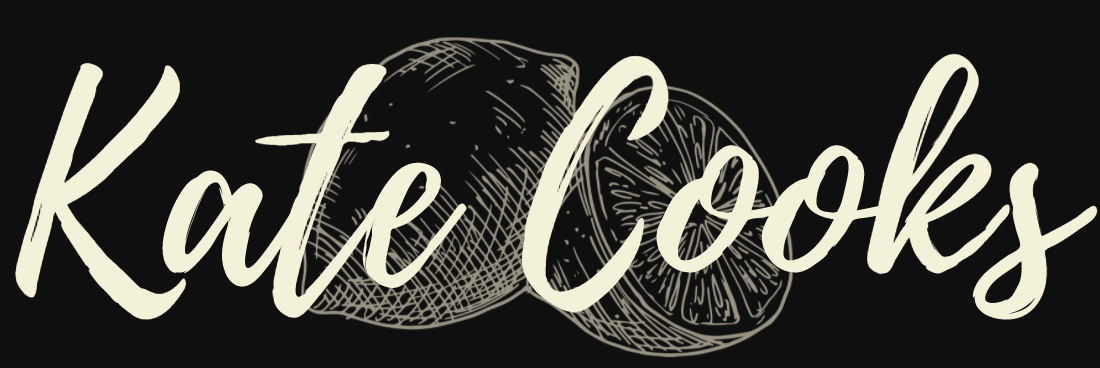
Hooray! Although the weather’s not really showing it, it’s finally spring. And Easter is coming up, which means lots of pastel and bright colors. Peeps anyone?
I hate to be a “Negative Nancy” about the fun colors that make food festive and pretty to look at, but there are some health concerns. In particular, scientists have studied a potential link between artificial food coloring and ADHD. While there’s no conclusive evidence to date, recent studies have warranted concern. Based on these studies, the EU requires manufacturers to place warning labels on foods containing artificial food coloring. While the US hasn’t gone to these measures, the FDA took research seriously enough to reevaluate its policies on artificial food colorings by gathering some experts to conduct a extensive report on all existing studies. They concluded that while there was no evidence to verify a causal relationship between exposure to artificial food coloring and ADHD, food coloring may exacerbate pre-existing hyperactivity.
For further background and research on the risk of food dyes, check out the links above, as well as this extensive report (take this with the caveat that CSPI is always seen as a watchdog). Like the majority of controversial things in the food world, research is mixed, dubious, and inconclusive. While I’ll just leave it at that, beware that artificial food coloring is in a TON of food that you might not even think to check–like nutri-grain bars and salad dressings. So if it’s something you think is worth watching out for, check ingredient lists.
Luckily, there are a number of natural, easy ingredients you can use to dye food. Take the jello eggs above and the green ice cream below. Use this as a basic guide to dying foods naturally. As you can see, there are a number of ways to get colors, so experiment! For most of these “dyes”, you use so little of the foods that it won’t tinker with the taste. In particular, these dyes are good for frosting and cream-based things.
Pink/red: beet or raspberries
- Grate raw beet into mixture and blend until thoroughly incorporated.
- Add a tiny bit of juice from a can of cooked beets (try to get one that doesn’t have any sugar added in it).
- Add a few raspberries to mixture and blend until thoroughly incorporated.

Blue/purple: red cabbage
Saute or boil a 1/4 cup of shredded cabbage until slightly wilted and bright fuchsia. Add to mixture and blend thoroughly. NOTE: The more you cook cabbage, the more “fuchsia” and less “blue” it will become.
You could try blueberries too, but you will need to use a lot more blueberries and this may tinker with the flavor and texture (the tiny seeds won’t entirely blend).
Yellow/orange: turmeric, pumpkin, or carrot
- Add about a half teaspoon of turmeric to mixture.
- Add a bit of canned pumpkin to mixture. This will affect the flavor a bit, but depending on the other ingredients, it could compliment them well and be a tasty addition! This is best for creamy things, like frosting (like bellow).
- Add a tiny bit of carrot juice to mixture.

Pumpkin Creamcheese Frosting (from my Chocolate Halloween Cupcake Recipe)
Green: spinach
- Add raw spinach to mixture and blend throughly.
- Lightly saute or boil spinach, squeeze and drain spinach and reserve water. Add water to mixture. This is a good backup if you don’t have a blender (otherwise #1 is preferable).
Green pancakes! Just add spinach to my pancake recipe.


